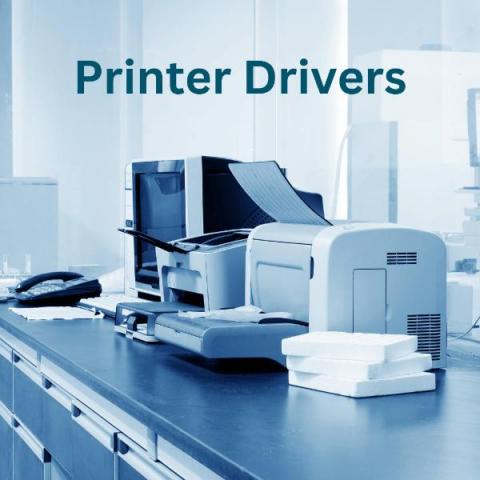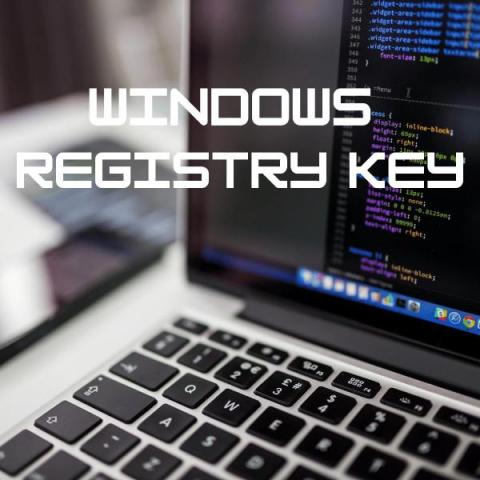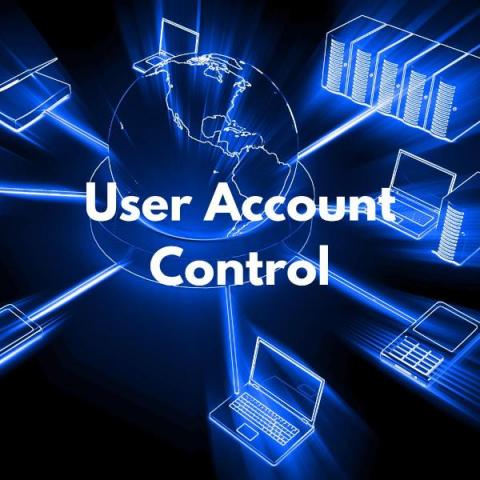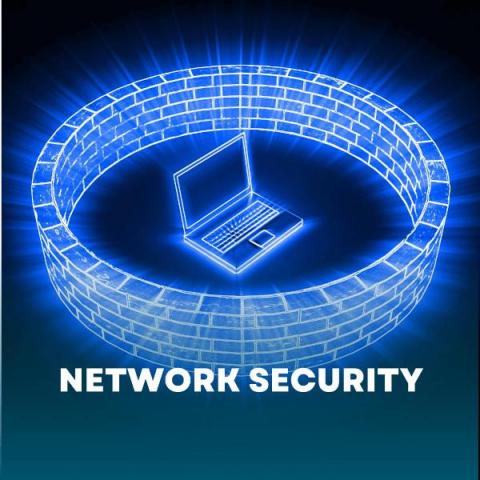Domain member: Digitally encrypt secure channel data
Digitally Encrypt Secure Channel Data is a security setting used for digitally securing the data that’s transmitted over the secure data channel network. The data transmitted between the domain member and the domain controller must be encrypted and secured with the latest technology to ensure that no unauthorized user gets access to the confidential data.










